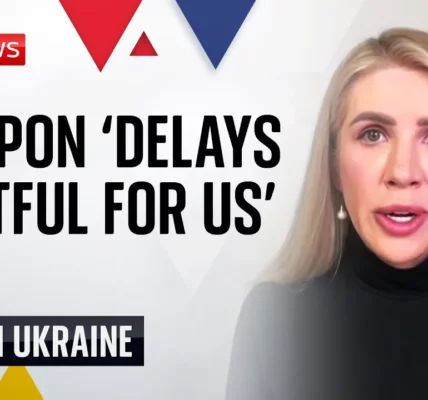Humanitarian Crisis in Gaza: Ongoing Displacement and Aid Challenges

This article provides a comprehensive overview of the humanitarian crisis unfolding in Gaza, highlighting the continuous displacement of individuals, the challenges faced by aid organizations, and the urgent need for increased humanitarian assistance in the region.
Introduction
The humanitarian crisis in Gaza has reached unprecedented levels, with an alarming number of individuals being displaced due to ongoing military operations. As of recent estimates, approximately 2.1 million people have been affected, with many forced to move repeatedly in search of safety. This article delves into the dynamics of displacement, the profiles of those affected, and the significant challenges faced by humanitarian organizations in delivering essential aid amidst conflict.
Understanding Displacement in Gaza
Displacement in Gaza is a complex issue rooted in ongoing conflict, military operations, and the lack of safe havens for civilians. Recent military actions, particularly in areas such as Rafa and Jabalia, have exacerbated the situation, leading to further displacement of populations that were already vulnerable.
Patterns of Displacement
Displacement patterns have shown that individuals, including men, women, and children, are often forced to move multiple times. The recent military operations have disrupted their temporary settlements, compelling them to seek refuge elsewhere. Reports indicate that:
- Over 1.7 million individuals were displaced in recent months.
- A significant number of these individuals have been previously displaced, with many returning to areas that have become unsafe.
- The current situation resembles a game of chess, with civilians moving from one location to another without a sense of security.
Profiles of the Displaced
The displaced populations consist of diverse groups, including:
- Students
- Cooks
- Artists
- Journalists
- Teachers
- Parents and families
Each group carries its own struggles, fears, and aspirations, which are being systematically dismantled by ongoing violence and instability.
Challenges Faced by Humanitarian Organizations
Humanitarian organizations are encountering numerous challenges in their efforts to provide assistance to the displaced populations in Gaza. The ongoing conflict poses significant risks to both aid workers and civilians.
Delivery of Aid: A Constant Struggle
One of the primary challenges is the consistent delivery of essential goods and services. Aid organizations are struggling to meet basic needs such as:
- Water and sanitation
- Food and nutrition
- Healthcare and medical supplies
- Shelter and safety
The lack of resources, compounded by military operations, has made it increasingly difficult to deliver assistance effectively.
Impact of Military Operations
Military operations not only lead to immediate harm but also create long-term repercussions for humanitarian efforts. For instance:
- Access to vital infrastructure has been restricted, impacting the distribution of aid.
- Frequent military presence has deterred civilians from seeking help, fearing further displacement.
- Humanitarian organizations have had to evacuate staff and resources, further complicating their operations.
The Role of International Aid and Funding
International aid is crucial for alleviating the humanitarian crisis in Gaza. However, funding remains insufficient to meet the overwhelming needs of the population. Recent appeals for funding have highlighted:
Current Funding Status
As of now, humanitarian organizations have received only 35% of the requested funding, significantly limiting their operational capacity. The funding appeal of $3.4 billion aims to address:
- The immediate needs of displaced populations.
- Long-term recovery and rebuilding efforts.
- Provision of essential services such as healthcare and education.
Long-term Implications of Insufficient Aid
If funding does not improve, the consequences for the population will be dire, potentially leading to:
- Increased levels of poverty and food insecurity.
- Collapse of healthcare services, leading to higher mortality rates.
- Worsening mental health conditions among the displaced populations.
Conclusion
The humanitarian crisis in Gaza is a multifaceted issue that requires urgent attention and action. The continuous displacement of individuals, combined with the challenges faced by aid organizations, underscores the need for increased international support and funding. It is imperative that all parties involved prioritize the safety and well-being of civilians and facilitate the delivery of essential humanitarian aid. We call on governments and organizations worldwide to mobilize resources and support the people of Gaza in their time of need.
For further information on how you can help and to stay updated on the situation, please visit our related articles.
“`




